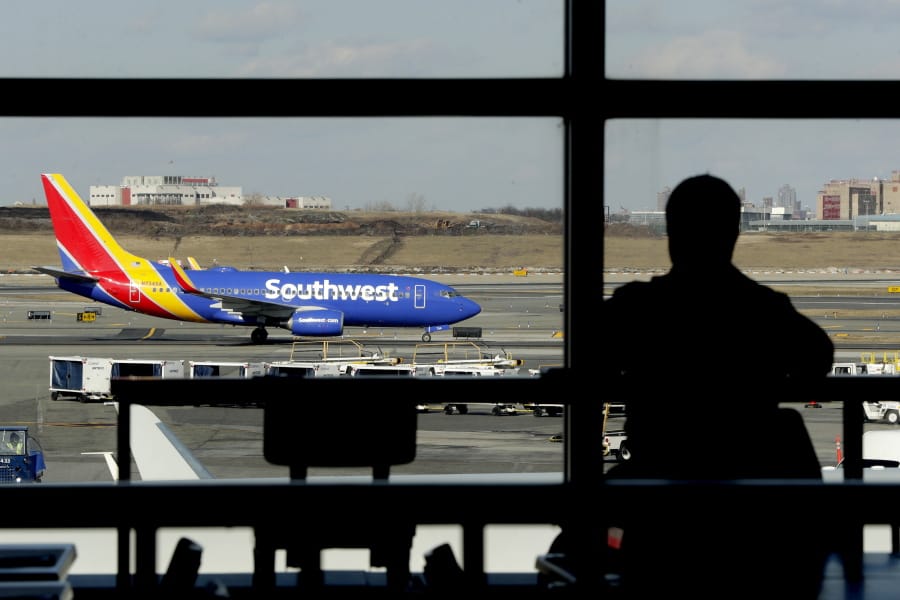Federal safety officials say Boeing should redesign part of the casing on some engines to prevent the kind of accident that occurred when engine debris blew out a window on a Southwest Airlines plane and killed a passenger.
The National Transportation Safety Board determined Tuesday that the April 2018 accident was caused by a cracked fan blade that broke off in flight, hitting the engine case at a critical location. Parts of the engine turned into shrapnel, striking the fuselage.
After a harrowing emergency descent from 32,000 feet, with one passenger blown partly out of the plane, the pilots of Southwest Flight 1380 were able to land the crippled Boeing 737 in Philadelphia.
Safety board Chairman Robert Sumwalt said engine and aircraft manufacturers should develop stronger designs for engine casings to prevent broken fan blades from ever causing such catastrophic damage again.



